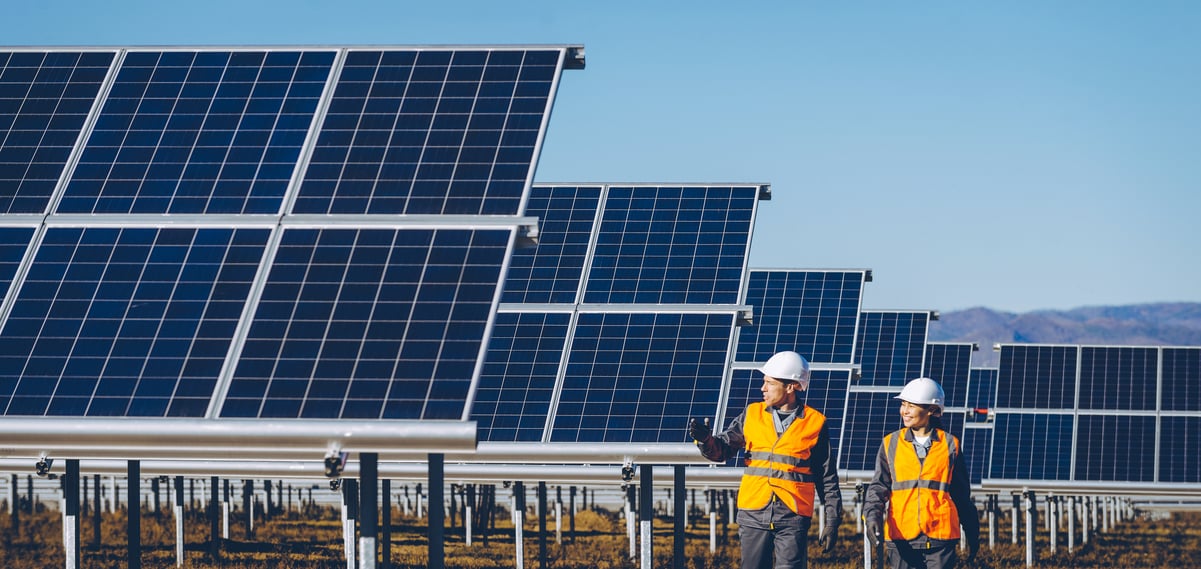What happened
Shares of top U.S. solar-panel manufacturer First Solar (FSLR +1.05%) fell by 10.7% in October, according to data provided by S&P Global Market Intelligence. This continues a downtrend for the company that began in September, when an unexplained energy stock sell-off knocked down its shares by about 7%.
Even with the stock's recent underperformance, though, shares are still up 23% year to date.

First Solar is a top provider of solar panels for U.S. installations. Image source: Getty Images.
So what
Unlike the stock's September slide, it took a hit in October after putting out a mixed Q3 earnings report.
On the bright side, the company's quarterly revenue was better than expected, and gross profit actually increased by 7.2% over the year-ago quarter. First Solar actually improved its guidance, upping its gross margin guidance by half a percentage point, raising its guidance for operating income, and lowering its guidance for operating expenses. It also retained its low debt levels, particularly relative to the rest of the industry.
Unfortunately, revenue was down both sequentially and on a year-over-year basis. Net income was down 47% from the year-ago quarter, as were earnings per share. And the company left its guidance for these key metrics unchanged.
Investors didn't like what they saw and exited the stock.
Now what
Essentially, First Solar is dealing with a perennial problem for solar panel manufacturers, one that's kept much of the solar industry from profitability. Solar panels are simultaneously getting cheaper and more efficient, plus there's a lot of competition out there. Companies in this space need to spend money to develop more efficient panels and remain competitive, while at the same time deriving less revenue from the sale of those panels.
First Solar's shrinking margins reflect this conundrum, which doesn't have a simple solution. Hopefully, the company can introduce some new innovation that will allow its panels to command a premium price, which will improve its margins and translate to the bottom line. Until there's some sign of that happening, however, investors may want to steer clear.






